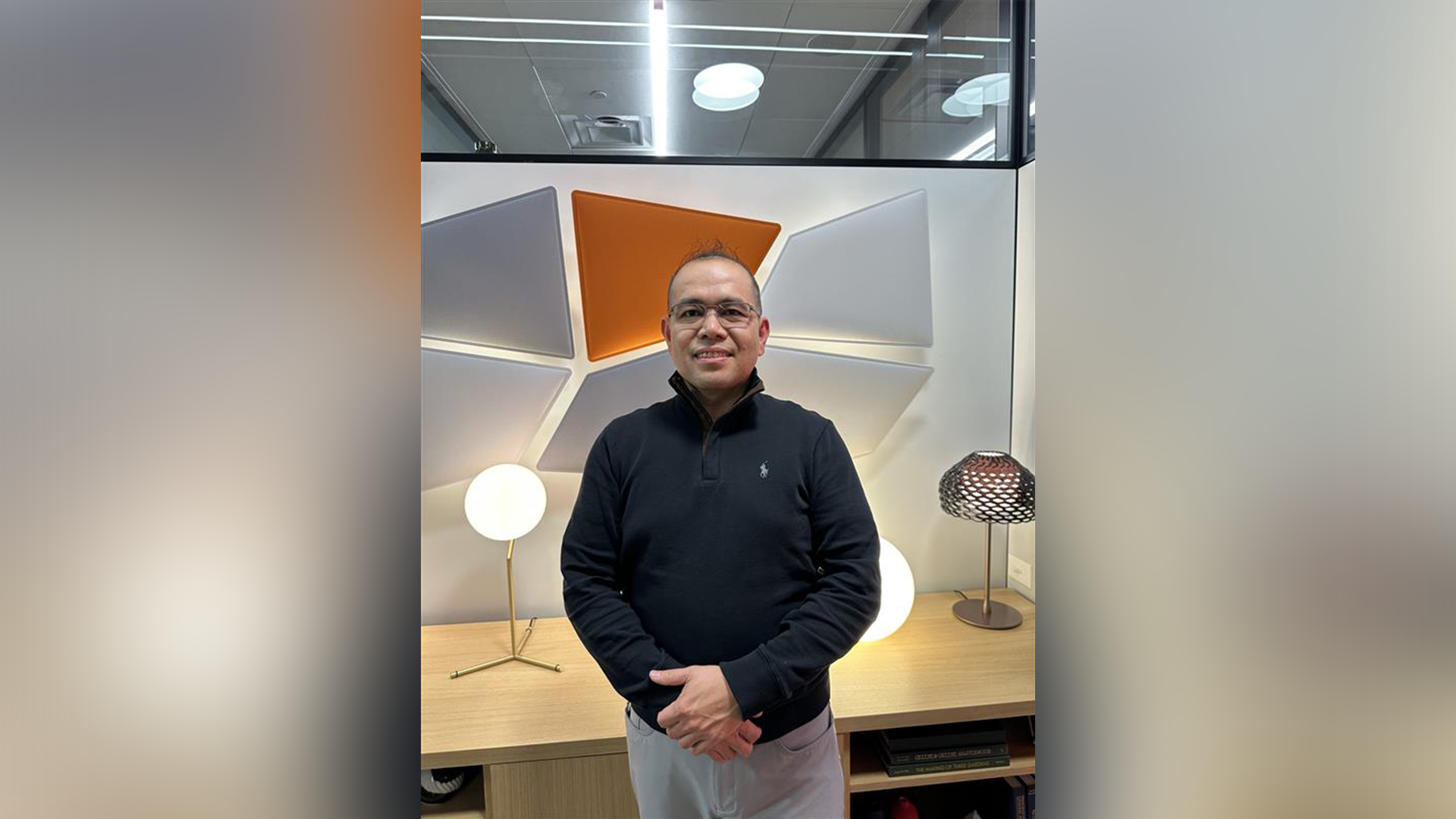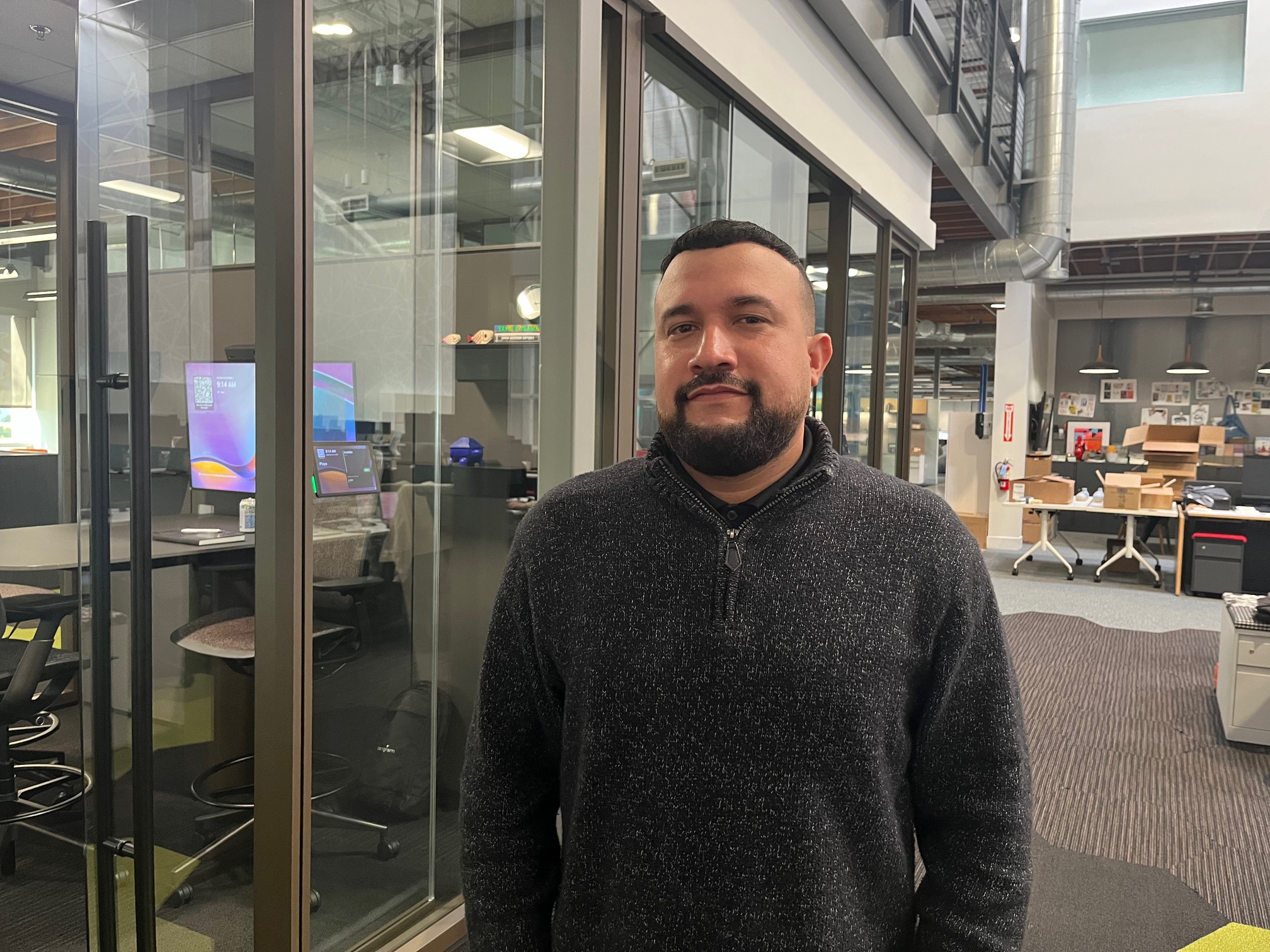Embracing Change

Written by Amber Jones, VP Sales + Education
If we look back on the time from March 2020 to now, the only thing consistent has been change. The pandemic has forced us as a society to change almost every aspect of life. We’ve altered the way we work, learn, shop, socialize, and even think. As we’ve learned to adapt to seemingly never-ending change, we’ve hopefully learned flexibility, compassion, and that perhaps we can use this unwanted change as a catalyst. As our kids begin to go back to school, we have the opportunity to apply those same lessons learned to our classrooms and learning environments.
There are many furniture manufacturers and dealers trying to push new and exciting products to adapt to this new world. The honest truth is, the furniture industry does not have a crystal ball and we, like most of you, have no idea what the future holds. I believe the best way to plan for education spaces in 2021 and beyond is with flexibility. If the only constant in education over the last year has been change, then we need to provide our classrooms the flexibility to roll with the changes needed for the success of our future classrooms. Research over the last year has shown that adults will ask themselves these questions before deciding to leave their homes to go to the office. 1. Will I feel safe? 2. Will I have a place to be or belong? 3. Will I be able to be productive? 4. Will I feel comfort and control in this environment? Teachers and administration will be asking themselves these questions as well, yet it is our responsibility to be advocates for the students who may be feeling uncertain, but unable to adequately articulate their concerns.
Safety – To be safe and to feel safe
Safety is arguably the most important piece of this puzzle. If the kids, teachers and administrators are not safe or do not feel safe, the rest does not matter. We are focused on providing solutions that adhere to the most up-to-date CDC regulations and I would encourage you to as well.
Belonging - Inclusion, trust and shared purpose
We should be creating spaces that connect virtual and in-class learners so that everyone has the same advantage when it comes to the attention of the teacher, access to necessary supplies and classroom collaborations. Just as we have been teaching over the last decade that there should be no front of the classroom, we are now being forced to think about the classroom as having more than just four walls. We must design and create classrooms that allow virtual learners to not only call in, but have the ability to interact and in turn, mitigate in-person bias.
Productivity/Effectiveness - Focus, collaborate and support
Insert product that allows for flexible movement by the students, in less than 60 seconds, and does not take away from learning time. The goal is that the classroom products can be easily moved by faculty and/or students to create flexible, successful spaces that facilitate learning anywhere on campus.
Comfort and Control – Physical, Cognitive and Emotional Wellbeing
Change and control are opposite, yet complementary. You have to let go of control in order to accept change, but change is a more swallowable pill when you feel a sense of control. In order for these newer types of classrooms to be the most successful, we need to allow our kids to have some control over where and how they learn. Student empowerment builds confidence and independence, and when the proper tools and training are provided, success within change can be easily achieved. How do you give students back control? Mobile furniture, different seating options and technology integration.
We’ve all been through a lot, especially our kids. Much as the same way that adults are having to find their new comfort level post-pandemic, our children must find their new comfort level as well. More than products, more than pedagogies, more than curriculum, we need to be prepared as a society to allow our children to find their new place in school and support them as best we can through the process.














